La Closerie des Lilas
‘THE LOST GENERATION’ was a phrase coined in the early 1920s by Gertrude Stein, the Paris based American novelist, poet and playwright, to describe the generation who came of age in World War I. ‘Lost’ in this sense didn’t mean disappeared but rather the disorientation, confusion and aimlessness among the war’s survivors in the early post-war years.
Among that lost generation was the young Ernest Hemingway who had enlisted as an ambulance driver in 1918 and was posted to the Italian Front where he was wounded shortly after he arrived. He returned to the United States in 1919 but it wasn’t long before a favourable exchange rate and the post-war spirit of daring and freedom lured him and his wife to Paris.
In the early post-war years Paris was awash with expatriate artists, writers, poverty-stricken intellectuals and political exiles with many of them congregating in Montparnasse, the heart of intellectual and artistic life in Paris during the 1920s and 30s. They became known as the Montparnos.
Paris. “The Montparnos”. Watercolour by Sem. 1928. Auteur
© Roger-Viollet Image courtesy: Paris en Images
Life for these Montparnos centred around the Montparnasse cafés and particularly Le Dôme, La Rotonde, Le Select, and La Coupole, all located in boulevard du Montparnasse.
In his novel, Les Montparnos, published in 1924, Michel Georges-Michel says:
“What seduced them [the Montparnos] was the café life and the café-sitting, a free and open style of living that they didn’t know either in London or anywhere in Puritanical America; it was an international bazaar, a county fair, a round-robin dance of the Rotonde, the Dôme, the Parnasse where all hours of the day a person could indiscriminately work, drink, play the piano (on Sunday, no less) – even with women one didn’t know, who freely offered to make one’s acquaintance simply for the fun of seeing an American artist close up, or, if they weren’t quite so spontaneously free, then some milk for their hunger, a couple of shots of liquor for their boredom …”
Ernest and Hadley Hemingway arrived in Paris in December 1921 and, after a couple of false starts, they moved to an apartment in rue Notre-Dame des Champs in early 1924. Hemingway worked as a journalist but after their move to rue Notre-Dame des Champs there were some particularly hungry months when he gave up journalism and tried his hand at writing short stories.
While most of the literary crowd were to be found at Le Dôme, La Rotonde, Le Select, or La Coupole, when he wanted to work undisturbed Hemingway preferred a café further along boulevard du Montparnasse closer to his lodgings – La Closerie des Lilas.
Originally a stop on the main coach route out of Paris, La Closerie des Lilas was opened in 1847 on the corner of boulevard du Montparnasse and boulevard St. Michel, next to rue Notre-Dame-des-Champs and l’avenue de l’Observatoire. In the late 19th-century, Charles Baudelaire, Paul Verlaine, Émile Zola, Paul Cezanne and Théophile Gautier were frequent visitors and, at the turn of the 20th century, it became a favoured literary salon for the likes of Guillaume Apollinaire.
In A Moveable Feast, a memoir about his years as a struggling, young, expatriate journalist and writer in Paris in the 1920s, Hemingway says:
“The Closerie des Lilas was the nearest good café when we lived in the flat over the sawmill at 113 rue Notre-Dame-des-Champs, and it was one of the first best cafés in Paris. It was warm inside in the winter and in the spring and fall it was very fine outside with the tables under the shade of the trees on the side where the statue of Marshal Ney was, and the square, regular tables under the big awnings along the boulevard.”
A Moveable Feast, p. 81
It was at one of the tables under the shade of the trees that F. Scott Fitzgerald read the manuscript of The Great Gatsby to Hemingway.
I called into La Closerie des Lilas at around three o’clock in the afternoon as the last of the lunch guests were leaving and before the evening diners arrived. I opted for a seat in the corner under the glass roof of the brasserie. When Hemingway was here, he would sit at a table to the right of the bar in the mornings while in the late afternoon he chose a corner table with the low light from the west coming in over his shoulder. He would most likely have ordered his customary café crème as he worked on the first draft of his novel, The Sun Also Rises, a draft he completed here.
Inside La Closerie des Lilas:
Sitting in my corner seat amidst the gentle hum of La Closerie des Lilas I couldn’t help thinking about Gertrude Stein’s Lost Generation. Hemingway thought about it too; he used the phrase as one of two contrasting epigraphs for The Sun Also Rises:
“You are all a lost generation”
– Gertrude Stein in Conversation
“What profit hath a man of all his labour which he taketh under the sun? One generation passeth away, and another generation cometh: but the earth abideth for ever. The sun also ariseth, and the sun goeth down, and hasteth to his place where he arose.”
– Ecclesiastes



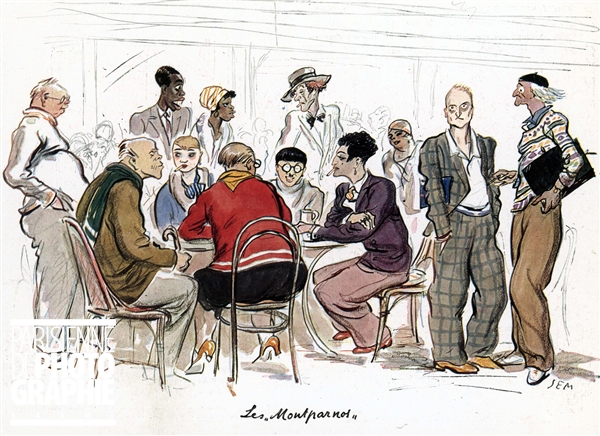
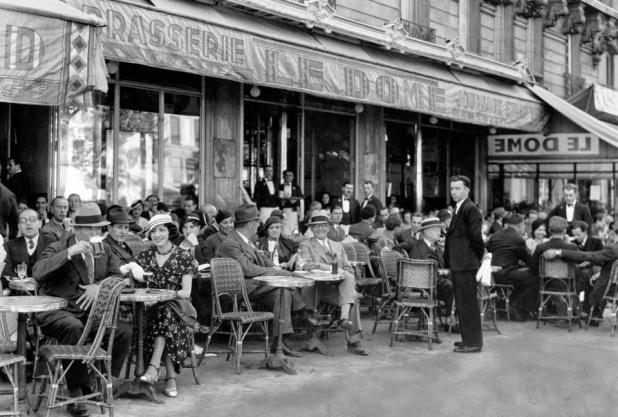
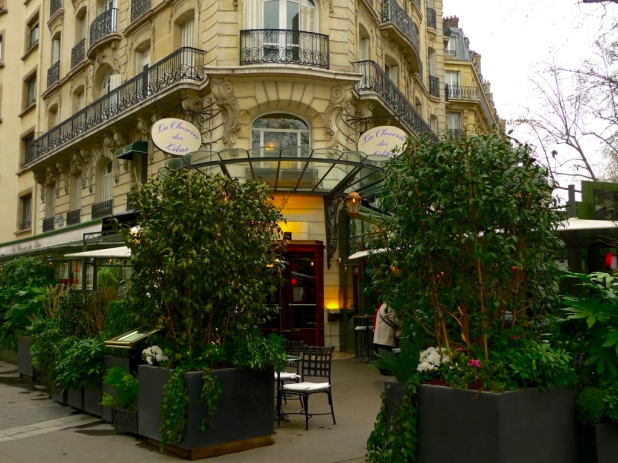
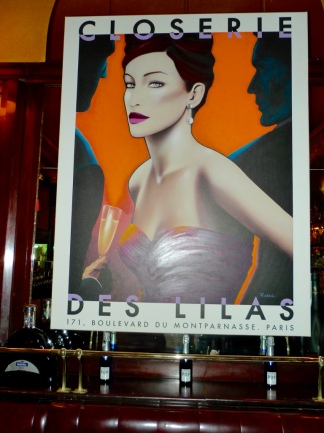

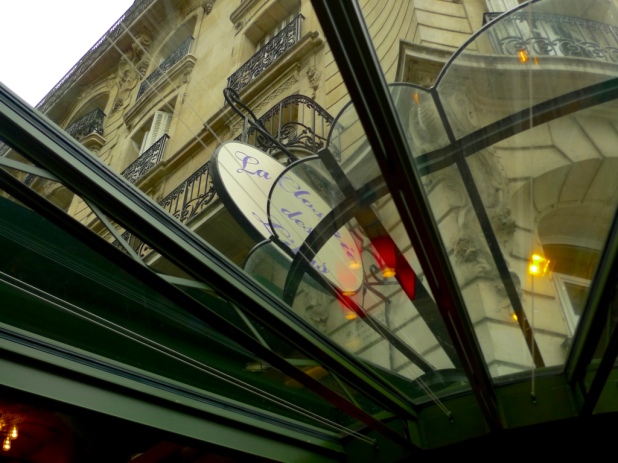
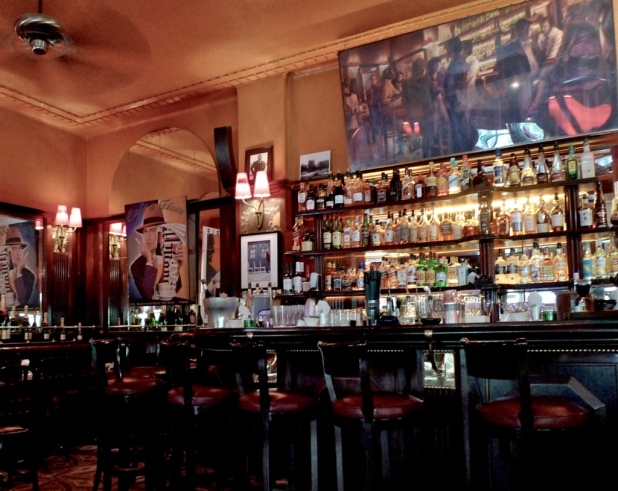





Your Gertrude Stein and Ecclesiastes quotes hit home, because just one week ago today I said my last goodbye to an old friend. It’s hard to understand that nothing is left of him but his words — just as it’s difficult to imagine that nothing remains of a man so full of personality and vitality as Hemingway, except also for his words. But listening to the sounds of the café (especially how the patrons’ conversation continues uninterrupted, in spite of the passing police-car sirens) I’m reminded that life goes on. Perhaps that’s why I keep coming back to Paris, again and again? As insignificant as my individual life may be, in Paris I always feel as if I’m part of something so much bigger … and I’m always reminded that life goes on. Thank you for this, Des.
PS: I will come back to this post over and over again, to listen to those café sounds as a backdrop while I write.
Thank you, Heather.
Parisian cafés like this are remarkable places – somewhere to reflect on memories real or imagined.
I actually wrote the draft for this blog piece in my Moleskine notebook (à la Hemmingway – although the similarity stopped there!) while lingering here over a cup of coffee and within sight of his table near the bar. You will have to visit on your next trip.
I love the idea of cafés as a place to “reflect on memories real or imagined.” And I will indeed darken the door of this hallowed place — I need all the inspiration I can get!